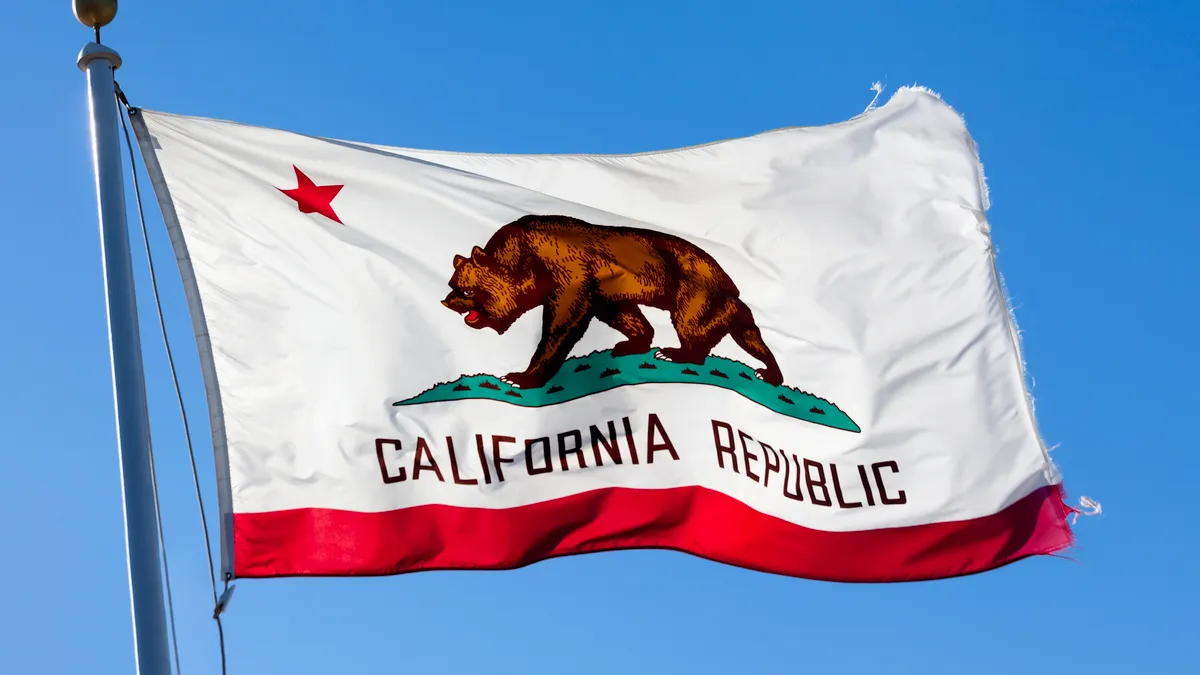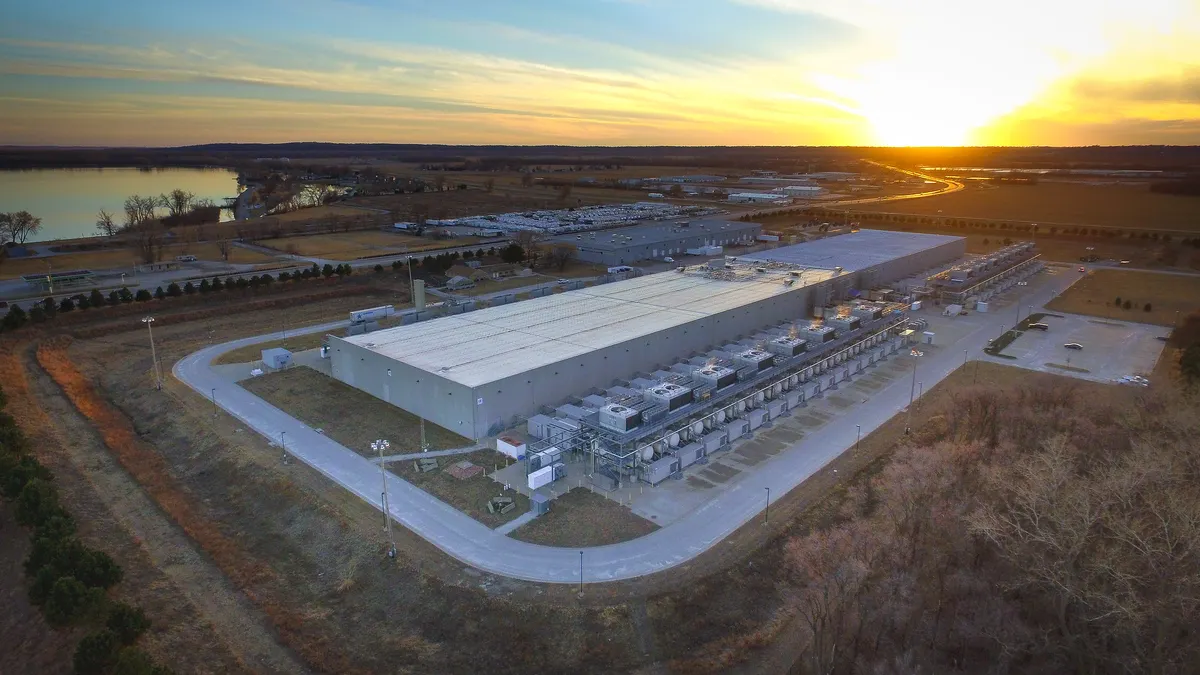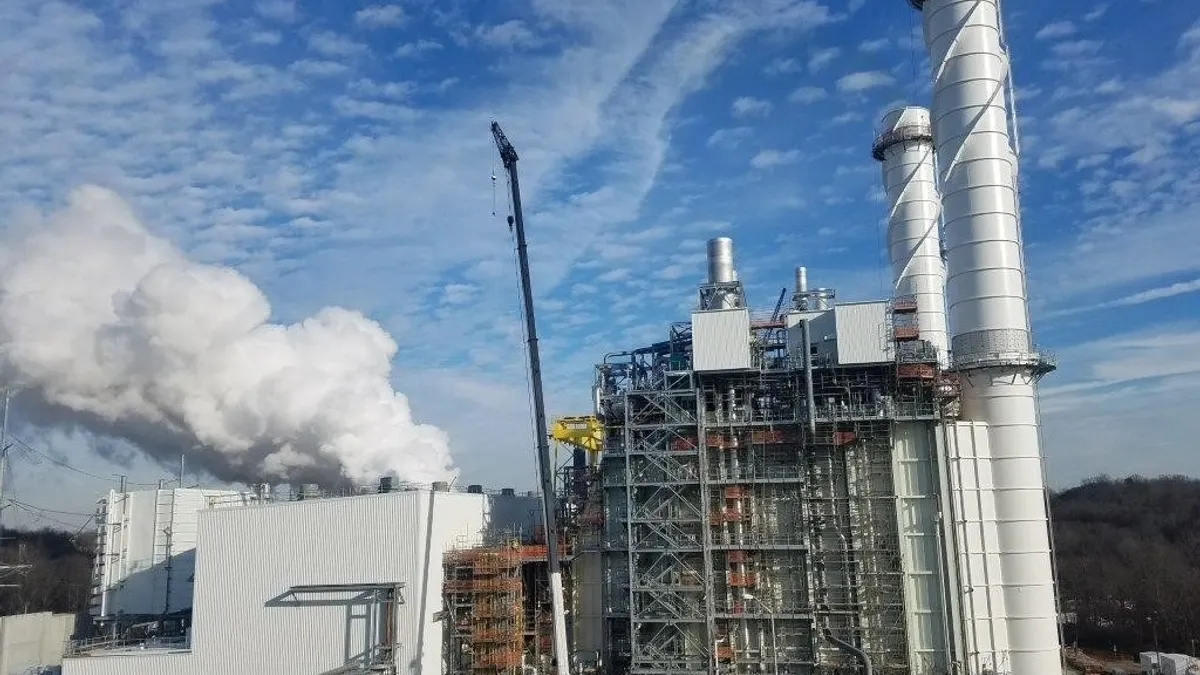The following is a contributed article by Frank Stern, Sarah Hendel-Blackford, Kaboo Leung, Ian Trim Rodrigo Leal and Danielle Vitoff from Navigant Consulting
Recent wildfires in California and elsewhere in North America are one example of the type and magnitude of risks utilities face due to climate change. California has warmed by 3°F over the past century, resulting in drier trees, shrubs and grasslands, and leading to more frequent and damaging wildfires. The most recent fires have killed scores of people, with potential liabilities estimated in the tens of billions.
The Fourth National Climate Assessment, published in November 2018 by the U.S. government, found that the nation's energy system will be increasingly affected by extreme weather events due to climate change, with increasingly frequent and longer-lasting power outages likely.
While actions are being taken, the pace, scale and scope of efforts need to increase dramatically to ensure safe and reliable energy delivery. Investors will be expecting increased rigor in risk disclosures, as some of the major climate-related liabilities have not been anticipated.
Below is an overview of the risks to utilities related to climate change, followed by a discussion of actions being taken in North America and in Europe.
Summary of Risks
The Fourth National Climate Assessment found that all regions in the U.S. will be affected by climate change to some degree. The nature and severity of these impacts will depend on location and the extent to which further temperature rises can be limited.
In even the most optimistic scenario, the frequency and intensity of floods are expected to increase — particularly in the Northeast and Midwest — threatening energy infrastructure such as foundations of power line and pipeline crossings, coastal and riverbank energy facilities, and fuel transport infrastructure.
More frequent drought is likely to affect the water supply for power plant cooling, hydraulic fracturing and fuel refining operations, and the supply of biofuel feedstock in the Northeast, Midwest, Southwest, and Northern and Southern Great Plains.
Rising temperatures in all regions are projected to drive up energy demand for cooling, putting pressure on power plants and distribution networks. Coping with these potential disruptions to the energy system will require additional generation and storage capacity.
The U.S. Department of Energy, in a 2016 report, enumerated projected climate change hazards and their implications for the electricity sector, shown in Table 1.
The report recommends beginning adaptation planning in the electricity sector with a vulnerability assessment and clarifies that "[c]limate change and extreme weather vulnerability in the energy context is a function of an asset's or system's exposure to climate-related risks and its sensitivity to them."
Actions Being Taken
Utilities have been acting to adapt both in North America and Europe.
North America
In 2012, Hurricane Sandy resulted in over 1.1 million customer outages in New York City and Westchester County. Consolidated Edison (Con Ed) has made a $1 billion investment to fortify its energy delivery systems against extreme weather. Upgrades included more resilient cables, poles that can withstand winds up to 110 mph, and flood-proof equipment.
The enhancements made to its core systems after Sandy have helped to improve efficiency and overall resiliency during major storms and have helped to reduce the environmental impact.
Con Ed has fortified perimeter walls, installed gates and floodwalls and raised critical equipment out of harm's way. It has reinforced flood-prone locations to ensure that power keeps flowing during the most severe floods and customer outages are greatly reduced.
To address future climate change risks, the company is conducting a study to understand the vulnerability of its energy systems to climate change and identify adaptation options to enhance system resilience. Con Ed's study will use the latest available climate projections for the service territory.
The climate projections, which reach the 2080s, will be used to evaluate potential impacts to the company's electric, gas and steam systems. Based on these impacts, Con Ed will evaluate adaptation options including revisions to design standards and operating processes. A risk mitigation plan will then be created with a portfolio of solutions to provide the required resilience.
Public Service Electric and Gas (PSEG) was also hit by Sandy and experienced 1.8 million customer outages, most for an extended period. PSEG anticipates that climate change and other factors will continue to pummel New Jersey with storms that bring heavy snow and/or rain and cause damaging flooding.
The company has proposed $2.5 billion to enhance reliability and resiliency by hardening electric and gas facilities against storms and expanding technology investment in the grid.
Measures include the following:
- $428 million to raise and harden 14 substations and eliminate two stations in flood zones
- $345 million to upgrade 475 miles of circuits, making them more resistant to tree and limb damage
- $863 million allocated to add redundancy to the gas distribution system to ensure more reliable service in the event gas deliveries into New Jersey are curtailed by a supplier
The Department of Defense (DoD) has established energy resilience as one aspect of the enterprise, mission assurance and readiness, reflecting its understanding of the vulnerability of the U.S. grid to environmental hazards and cybersecurity.
In response, each branch of the DoD has developed their own planning and response. For example, in February 2017, the U.S. Army Directive 2017-07 required the reduction of "risk to critical missions by being capable of providing necessary energy and water for a minimum of 14 days."
DoD bases across the U.S. are in the process of evaluating and updating their energy systems, working in partnership with their local utilities.
In Arizona, Tucson Electric Power is working with Davis-Monthan Air Force Base to establish a secondary entry point for electric power and move the base from a 46 kV service onto a 138 kV system. And in Southern California, Southern California Edison is working with Fort Irwin Army Base to install a microgrid behind the meter to power critical loads during grid outages.
State and federal government
As part of the Obama Administration's efforts to support climate resilience planning, in 2015, the U.S. Department of Energy launched the Partnership for Energy Sector Climate Resilience. The Partnership brings together over 15 investor-owned, municipal, state, federal and cooperative electric utilities to develop new approaches to identify and address the increasing risks utilities are facing due to climate change.
Through the Partnership, participating utilities have tested vulnerability and risk assessment methodologies, conducted cost/benefit analyses of resilience investments, and identified key gaps and opportunities to increase resilience within the energy sector.
Some of the climate adaptation challenges that participating utilities have identified include:
- Difficulty in assessing local vulnerabilities due to data gaps and lack of resolution in downscaled climate projections
- Underestimation of risk due to planning based on historic experience
- Difficulty in evaluating risks to operations vs. risks to physical assets
- Regulatory roadblocks hindering implementation of resilience solutions (e.g., approval of regulators needed before making investments)
- Cross-sectoral nature of climate impacts (e.g., transportation impacts could have unforeseen consequences on utilities)
The Partnership continues to work with utilities on planning and climate vulnerability studies.
The California Public Utilities Commission (CPUC) opened a rulemaking in April 2018 to consider utility climate adaptation. In Phase 1 of this rulemaking, the CPUC will consider:
1. Definition of climate adaptation for utilities
2. Appropriate data sources, models and tools for climate adaptation decision-making
3. Guidelines for utility climate adaptation assessment and planning
4. Identification and prioritization of actions to address the climate change-related needs of vulnerable and disadvantaged communities
5. Framework for climate-related decision-making and accountability.
The CPUC is using a working group format to address the issues in scope in a collaborative and practical manner. The working group will address each of the five key issues above on a staggered timeline, so that parties and other interested persons can participate in any or all working group sessions.
The working groups will complete reports in the summer of 2019, with a CPUC decision expected in September. The working group focusing on the definition of climate adaptation completed its report in January.
Also in California, the California Energy Commission is sponsoring a $5 million study of wildfire risk management. Wildfires have been causing major financial distress to utilities in California, with costs not anticipated by risk disclosures.
The study will advance wildfire science to support improved grid resilience, incorporate that new knowledge to develop and demonstrate advanced techniques and tools that can improve the assessment of risks to the electric infrastructure from wildfires now and with a changing climate, develop models and analytics that can feed directly into utility management and planning, and conduct foundational research in anticipation of California's Fifth Climate Change Assessment.
Hurricanes Irma and Maria hit Puerto Rico hard in 2017, knocking out power to nearly the entire island. The Puerto Rico Power Authority is working with an extensive group of stakeholders to identify and recommend cost-effective reinforcement strategies to improve energy delivery system resilience during storms.
Strategies include hardening facilities to withstand hurricane-force winds and flooding. New codes and standards are under development to guide this effort, which aims to improve reliability for transmission, substation and distribution assets. The modernization initiative incorporates technology to automate control and restoration of the power delivery systems.
Europe
European utilities have been looking at their businesses' climate resilience by undertaking climate vulnerability and/or risk assessments. As part of a Europe-wide assessment of the actions the utility sector is taking to prepare for the impacts of climate change, it was found that most undertake a multi-stakeholder and science-based approach to assess climate resilience up to 2050s.
Longer timeframes are sometimes considered as some infrastructure may have a lifetime of up to 80 years. Resilience assessments often focus on the power lines and power plants of these utilities and cover a wide range of climate hazards such as precipitation, temperature, sea level, wind and storm surge.
With an understanding of climate vulnerabilities, European utilities are considering various measures to adapt to these risks.
The Europe-wide analysis of industry actions identified that nearly 50% of the measures commonly discussed a focus on structural adaptation measures: flood defenses, increasing network capacity through additional storage facilities, strengthening infrastructure through microgrids to improve robustness against storms and other extreme events, and unground grid development.
Ecosystem-based adaptation for water management is another area of adaptation considered by European utilities. Non-structural measures are also a focus of activity, such as raising awareness through training, developing new industrywide standards, and enhancing existing processes and management regimes, such as vegetation management.
In 2011, Electricité de France (EDF) developed long-term adaptation plans in the U.K. and France due to national requirements and recent extreme events.
EDF increased distribution network resilience by burying high voltage networks to minimize disruption due to extreme weather, investing and deploying measures for flooding and heatwaves, integrating climate risk and impacts into new nuclear plant design, and implementing an assessment procedure for existing plants, among others.
Other utilities in the U.K. have also assessed the impacts of a changing climate and implemented additional measures.
For example, ENGIE upgraded the water pumps in one of its power stations to cope with the decreasing water quality caused by the changing precipitation patterns. Drax Power undertook a multi-port fuel supply strategy for its biomass plant to prevent supply chain disruption from localized extreme events like storm surges and implemented flood defenses including storm surge barriers for conveyor tunnels, above-ground design for substations, and sea walls, among others.
Summary
The nation's energy system will be increasingly affected by extreme weather events due to climate change, likely with increasingly frequent and longer-lasting power outages. These effects are being seen in today's wildfires, hurricanes, changing rainfall patterns, and extreme weather.
The costs of Superstorm Sandy, Hurricanes Irma and Maria, and wildfires in California have been in the tens of billions of dollars. These costs have typically not been anticipated by risk disclosures.
While actions are being, and have been taken by utilities in North America and Europe, the pace, scale and scope of efforts need to increase dramatically to ensure safe and reliable energy delivery.





















